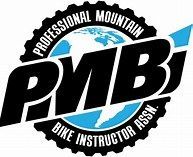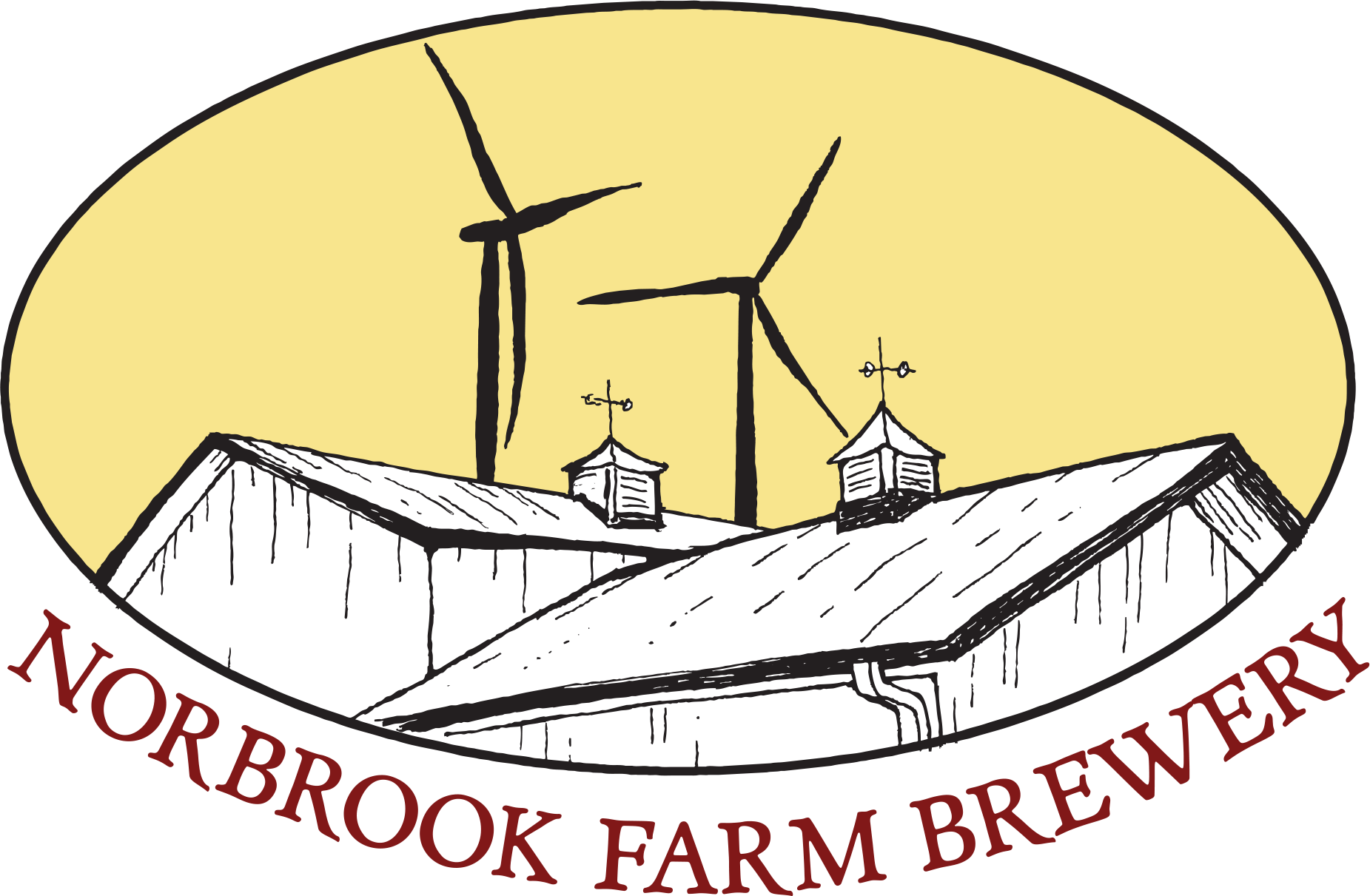What Kind Of Mountain Biker Are You?

What kind of mountain biker are you?
There are many different genres in the great sport of mountain biking, all unique in one way or another. Super enthusiastic cyclists might look to master all of them, but each genre caters to different needs and interests. They also each require a different set of gear. The best way to find out which style of mountain biking is best for you is to try them out! You might find you’re more interested in one over the other, or you might be into all of them. Keep reading for a little information on each style of mountain biking and a flow chart to help you decide which might suit you best.
Cross-Country Mountain Biking
What you might call the OG of mountain biking is now known as cross country riding. Cross-country terrain is often more gradual, with rolling hills and downhills, although sometimes there are brutal climbs and/or longer downhills. As opposed to downhill trails, the downhill segments of cross-country trails are often less rowdy, steep, and technical. Rides in the cross-country genre also tend to pack in a lot of mileage. Cross-country bikes are light, with larger radius and less heavy-duty tires, with a shorter travel and a more upright geometry that’s comfortable for sitting and pedaling long distances. Standard protective gear includes gloves, a trail helmet, glasses, and sometimes knee or elbow pads. Cross-country riders almost always use clipless pedals, as they create significantly more power on climbs than a flat pedal. If you’re looking to spend a nice time outside, push yourself for a great workout, and see some beautiful scenery without significant risk of injury, cross country mountain biking is for you.
Downhill Mountain Biking
Downhill mountain biking is all about using gravity. It’s name is pretty self-explanatory, and it entails mostly hurtling down hills at high speeds. Downhill trails are highly technical, and usually feature jumps, drops, banked turns, and rough, rocky terrain. Generally, downhill only riders will shuttle trails or ride lift-access trails to get the most downhill travel for the least uphill effort. This is particularly true of folks riding downhill specific bikes, which are heavy, with a long travel, thick knobby wheels, and geometry that makes pedaling (and sitting comfortably) nearly impossible. Downhill riders dawn all sorts of protective equipment before their rides, and rightfully so! Full-face helmets with goggles as well as pads for elbows, knees, chest, back, and more are not uncommon. Downhill riders use both flat and clipless pedals, depending on their preference. A downhill rider is one who is competent and confident in their technical skills and looking for some truly extreme riding without the hassle of pedaling back uphill.
Enduro Mountain Biking
Enduro mountain biking is like if downhill and cross country had a baby. Enduro-style trails require cyclists to do a significant amount of climbing, as well as a gnarly downhill. As opposed to the more rolling, pedal-focused riding of cross country, enduro riding mostly about the downhill, but there’s still pedaling involved to get there. Enduro-style rides are often longer than a traditional downhill ride as well, requiring more endurance. Enduro gear is similar to that of downhill gear and usually includes a full-face helmet, but gear is often lighter and slightly less tough to account for the extra pedaling. They also are more likely than downhill riders to use clipless pedals. Enduro bikes are heavier than trail bikes and often have longer travel, but also usually have geometry that caters to a comfortable pedal and are not quite as big or heavy as a true downhill bike. Enduro-style mountain biking is perfect for folks who are confident in their technical abilities, looking for some adrenaline-pumping adventure, and are interested in getting a great cardiovascular workout in. For most experienced mountain bikers, enduro style riding seems to be the genre of choice, as it blends the fun of a technical downhill with the workout and mileage of a cross country ride.
Gravel Biking
More of an honorable mention, gravel biking is a mix between road biking and mountain biking. Gravel biking can occur on trails, but more often on dirt roads, gravel paths, etc. Essentially, slightly rougher terrain than a paved road, but not quite a mountain bike trail. Gravel biking has the gradual profile of a cross country ride, with the ease of smoother terrain. Gravel bikes are much lighter than a mountain bike, with skinny tires, although not quite as skinny or light as a road bike. These bikes don’t have great suspension and shift like a road bike, but can handle some rougher terrain. Gravel bikers wear similar protective equipment to a cross country rider. This type of riding is perfect for tried-and-true road bikers looking for a little extra push or to change things up. Also, folks who want to get into road biking but live in a rural area with few paved roads might look to gravel biking as an appropriate alternative.
Remember, you don’t have to fit into any of these boxes. Maybe you like pedaling enough to go cross country riding once a week, but you also have to make sure you get your adrenaline fix in downhill riding on the weekends too. Be your own rider, ride whatever terrain you’re comfortable with! If you’re a beginner, try using the spreadsheet below (ATTACHED TO EMAIL delete parentheses before posting) and the description of each style of riding to decide where you want to start!














